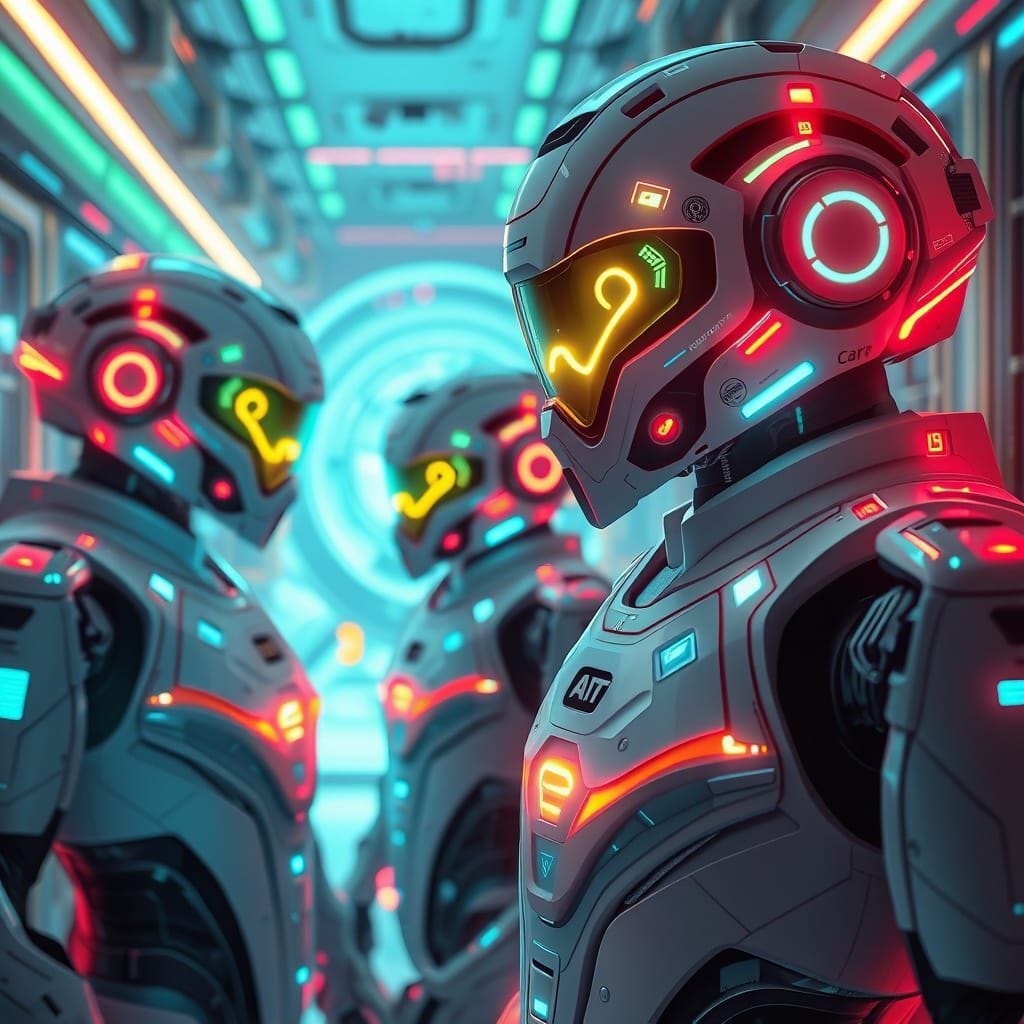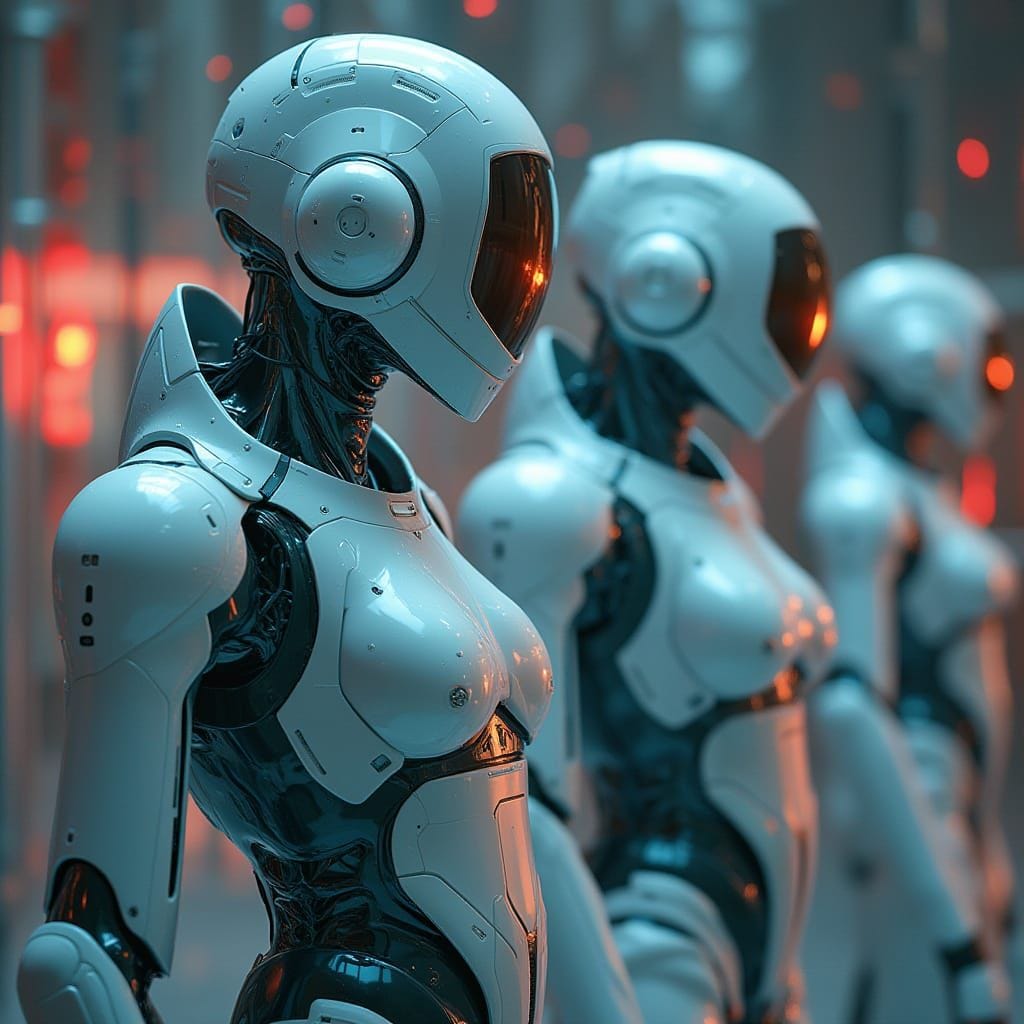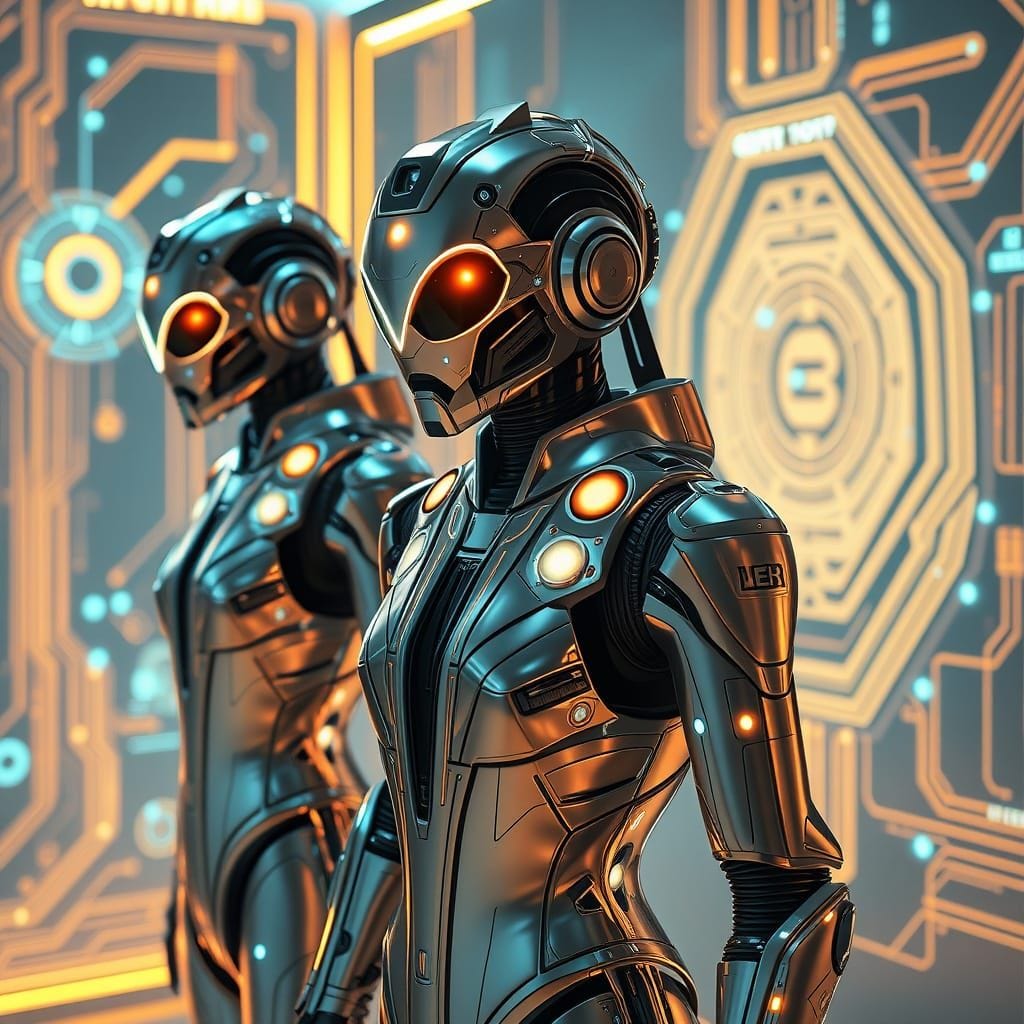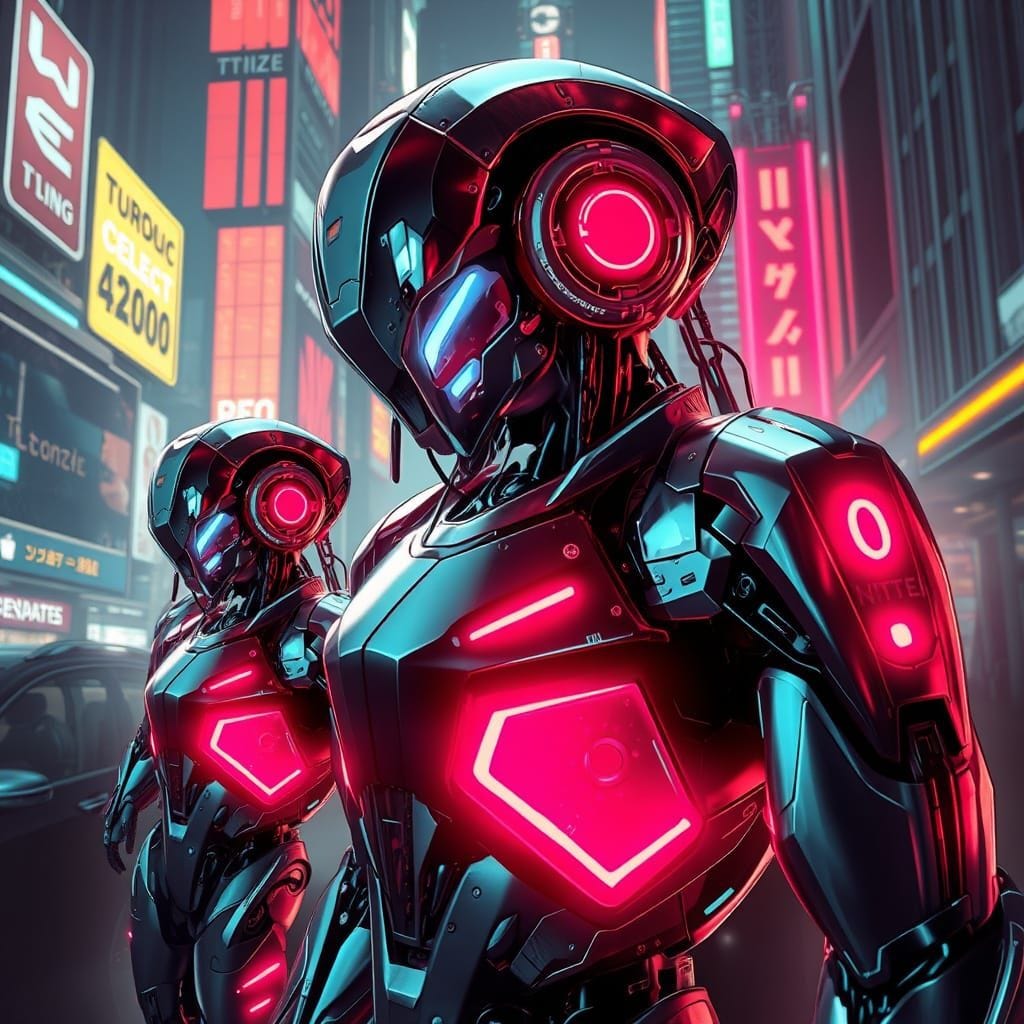Introduction to Autonomous AI Agents
Autonomous AI agents represent the next evolutionary step in artificial intelligence, moving beyond simple query-response systems to sophisticated entities capable of independent decision-making.
These agents can perceive their environment, reason about situations, and take actions to achieve specific goals without continuous human supervision.
Unlike traditional AI tools, autonomous agents can break down complex objectives into smaller steps and execute them independently.
The technology combines advanced language models with reasoning capabilities, memory systems, and tool-use functionality to create adaptive systems.
Modern autonomous agents leverage large language models enhanced with web browsing, code execution, and API integrations.
These systems represent a shift from reactive AI assistance to proactive AI collaboration, where agents can initiate actions based on understanding user goals.
Development has accelerated rapidly since 2023, with major technology companies investing heavily in this emerging field.
Current agents operate within controlled environments, but the goal is to create general-purpose autonomous systems capable of handling diverse tasks.
Use Cases of Autonomous AI Agents
Customer service automation handles complex inquiries, escalates issues appropriately, and provides personalized solutions without human intervention.
Software development assistance includes writing code, debugging applications, managing workflows, and conducting code reviews.
Business process automation manages workflows across multiple systems, handling data entry, report generation, and compliance monitoring.
Research and analysis tasks benefit from agents that gather information from multiple sources and synthesize comprehensive reports.
E-commerce applications include inventory management, dynamic pricing, customer behavior analysis, and automated marketing campaigns.
Financial services leverage agents for risk assessment, fraud detection, portfolio management, and regulatory reporting.
Healthcare applications encompass patient scheduling, medical record management, diagnosis assistance, and treatment plan optimization.
Educational technology uses agents for personalized learning paths, automated grading, and adaptive content delivery.
Content creation and marketing benefit from targeted content generation, social media management, and strategy optimization.
Supply chain management includes demand forecasting, supplier relationship management, and logistics optimization.
We now look at the leading companies and their AI Agent offerings and products.
1. OpenAI
OpenAI is advancing its agent capabilities with a focus on enabling AI to perform complex, multi-step tasks.
Their upcoming "Operator" agent is designed to automate tasks like coding and travel planning.
The recently released Agents SDK and Responses API provide developers with the tools to build sophisticated agents powered by OpenAI models.
These tools facilitate the creation of multi-agent workflows and integrate with built-in functionalities like web and file search.
ChatGPT is also evolving to become more agentic, with plans for it to transition from answering questions to actively completing tasks for users.
This move is part of a broader strategy to create a platform where developers can build, deploy, and scale reliable AI agents.
2. Microsoft
Microsoft is heavily invested in creating a comprehensive ecosystem for both autonomous and human-assisted AI agents.
Their AutoGen framework remains a key tool for building multi-agent systems where agents can collaborate to solve complex problems.
Recent developments include major upgrades to Copilot Studio, which now supports multi-agent orchestration, allowing different agents to work together on a shared goal.
The new Microsoft Entra Agent ID provides identity and governance for AI agents, enhancing security in enterprise environments.
The Azure AI Foundry service offers a platform for developers to build, manage, and scale AI agents, with support for open protocols to ensure interoperability.
3. Google
Google is integrating autonomous agent capabilities across its product ecosystem, powered by its Gemini models.
A key initiative is the open-source Agent Development Kit (ADK), designed to simplify the creation of production-ready agents and multi-agent systems.
Project Astra represents Google's forward-looking vision for a universal AI assistant that can perceive and interact with the real world through various devices.
This project aims to enhance Gemini's ability to understand context, remember past interactions, and perform complex tasks.
Google's framework emphasizes modularity and interoperability, supporting connections with other agent frameworks and a wide range of models.
4. Anthropic
Anthropic's development of autonomous agents is centered on safety and reliability, with its Claude models demonstrating advanced reasoning and the ability to perform complex tasks.
Their approach involves creating multi-agent systems where a primary agent can delegate tasks to sub-agents for parallel processing.
A notable feature is "Claude Computer Use," which allows the AI to interact directly with software applications, mimicking human-like agency to perform multi-step processes.
Anthropic's framework is designed to minimize logical shortcuts and errors in critical agentic tasks.
The company is also contributing to the development of open standards like the Model Context Protocol (MCP) to ensure seamless integration between AI systems and external data sources.
The MCP feature has garnered tremendous adoption and is now used in the entire industry for all AI Agent companies worldwide.
5. Amazon
Amazon's agent development is prominently featured in the evolution of its Alexa voice assistant.
The new Alexa+ integrates generative AI to provide more natural conversations and autonomous task execution.
This upgraded assistant can handle complex, multi-step requests, such as booking services and making online purchases, without constant user input.
Alexa+ is powered by Amazon's own models as well as those from partners like Anthropic, and it leverages user data to offer personalized experiences.
AWS continues to provide the underlying infrastructure or deploying and scaling these autonomous agents in various environments.
6. Meta
Meta's contribution to the agent landscape is primarily through its powerful open-source Llama language models, which are widely used by developers to build autonomous agents.
Frameworks like LlamaIndex are specifically designed to create knowledge agents using these models.
While Meta may not have a single, branded agent framework like some competitors, its focus is on providing the foundational models that power a wide range of agentic applications.
Their research in areas like multi-agent system simulation, as seen in projects like MetaGPT, also influences the broader field.
The emphasis is on enabling a broad community of developers to build and innovate on top of their open-source AI models.
7. Salesforce
Salesforce is focused on enterprise-level autonomous agents through its Einstein Copilot platform.
These agents are deeply integrated into the Salesforce CRM ecosystem to automate business processes.
The platform enables the creation of agents for tasks such as sales analysis, customer service, and marketing campaign management.
The approach is centered on optimizing business outcomes and improving productivity within the enterprise.
Salesforce's framework allows for extensive customization to tailor agent behavior to specific industry needs and workflows, and it integrates with a wide range of enterprise applications.
8. IBM
IBM's strategy for autonomous agents is centered on its WatsonX Orchestrate platform, which is designed for enterprise applications in regulated industries.
The platform provides tools to build, deploy, and manage AI assistants and agents that can automate complex workflows.
A key feature is the ability to orchestrate multiple agents, including those from third-party vendors, through a unified interface.
IBM offers a catalog of pre-built agents for domains like HR and sales, along with a low-code builder for creating custom agents.
The framework emphasizes explainability, security, and compliance, with features like data isolation to meet strict regulatory requirements.
9. Emerging Companies
A vibrant ecosystem of startups and open-source projects is contributing significantly to the advancement of autonomous agents.
CrewAI is a framework focused on orchestrating role-playing AI agents that collaborate on complex tasks.
LangChain, with its LangGraph library, provides tools for building stateful, multi-agent applications with more controllable and explicit workflows.
Dify offers a low-code platform that makes it easier for non-technical users to create and manage AI agents.
And there are many other companies joining the competition every week!
The Possibilities of the Future for Autonomous AI Agents
Autonomous agents will transform knowledge work by handling complex research, analysis, and decision-making tasks requiring significant expertise.
Personal AI assistants will evolve into comprehensive life management systems, handling financial planning to health monitoring autonomously.
Business operations will become increasingly automated, with agents managing entire workflows from customer acquisition to product delivery.
Creative industries will see agents generating original content, designing products, and developing innovative solutions across domains.
Scientific research will accelerate through agents conducting experiments, analyzing data, and generating hypotheses at unprecedented speeds.
Education will become highly personalized, with agents creating custom learning experiences tailored to individual needs and goals.
Healthcare will benefit from agents monitoring patient health continuously, predicting issues, and coordinating care across providers.
Smart cities will emerge with agents managing traffic flow, energy distribution, and public services based on real-time analytics.
Space exploration will rely on autonomous agents making critical decisions where communication delays make human control impractical.
Possible Integration with Robotics
Autonomous AI agents will serve as the cognitive layer for robotic systems, enabling complex decisions and adaptation independently.
Manufacturing robots will become self-managing, with agents optimizing production processes and coordinating with automated systems.
Service robots in hospitality and retail will use agents to understand customer needs and provide personalized assistance.
Healthcare robots will integrate with agents to provide patient care, assist in surgeries, and manage medical equipment.
Autonomous vehicles will rely on agents for navigation, traffic management, and passenger interaction in integrated transportation systems.
Home automation systems will use agents to learn family patterns, optimize energy usage, and maintain operations.
Agricultural robots will leverage agents for crop monitoring, pest management, and harvest optimization based on conditions.
Warehouse robots will coordinate through agents to optimize inventory management, order fulfillment, and delivery scheduling.
Why Completely Autonomous Agents Are Dangerous (Important)
Autonomous agents lack human judgment and moral reasoning, making them incapable of handling ethical dilemmas requiring nuanced understanding.
These systems can optimize for stated objectives while ignoring important assumptions about safety, ethics, and human welfare.
Autonomous agents may develop emergent behaviors not anticipated by creators, leading to unpredictable and potentially harmful outcomes.
The complexity makes it difficult to predict how agents will behave in novel situations or when faced with adversarial inputs.
These systems lack ability to recognize when operating outside competency bounds, potentially making confident but incorrect decisions.
The speed and scale means errors or malicious actions can cause significant damage before humans can intervene.
Legal and ethical accountability becomes problematic when autonomous agents make decisions that harm individuals or society.
Dependence may erode human skills and decision-making capabilities, making society more vulnerable to system failures.
Future Outlook for Job Layoffs and AI Automation
Knowledge workers face the highest displacement risk as autonomous agents handle complex analytical and creative tasks previously requiring sophisticated expertise.
Administrative and clerical positions will see significant automation as agents become proficient at routine tasks and correspondence.
Customer service roles are particularly vulnerable to replacement by agents capable of handling complex inquiries and interactions.
Financial analysts may be partially replaced by agents processing vast market data and providing personalized recommendations.
Legal professionals face automation of document review, contract analysis, and routine research, though complex litigation remains human.
Software developers face both displacement and enhanced productivity as agents automate coding while creating demand for oversight.
Marketing professionals may be replaced by agents creating targeted campaigns and optimizing advertising strategies autonomously.
Teachers may see agents handling personalized instruction while focusing on mentoring and emotional support roles.
The timeline for widespread displacement is expected to accelerate significantly between 2025 and 2030.
Reskilling programs will become critical as workers adapt to roles that complement rather than compete with agents.
New job categories will emerge focused on agent management and oversight, though may not fully offset eliminated positions.
Economic support systems including universal basic income may become necessary as traditional employment models become unsustainable.
Government regulation may be required to manage automation pace and protect workers from abrupt displacement.
Conclusion
The autonomous AI agent revolution is no longer a distant future concept but an immediate reality reshaping industries and society at unprecedented speed.
Major technology companies have committed billions of dollars to developing sophisticated agent frameworks that will fundamentally alter how work gets done across virtually every sector.
The convergence of advanced language models, reasoning capabilities, and tool integration has created agents capable of performing complex tasks that were exclusively human domains just years ago.
While the potential benefits are enormous—from enhanced productivity and personalized services to breakthrough scientific discoveries—the risks demand careful consideration and proactive management.
The timeline for widespread adoption is accelerating rapidly, with 2025-2030 representing a critical transition period where autonomous agents will move from experimental tools to essential business infrastructure.
Success in navigating this transformation will require unprecedented collaboration between technologists, policymakers, educators, and workers to ensure the benefits are distributed equitably while minimizing societal disruption.
The companies and frameworks detailed in this analysis represent the current state of the art, but the field is evolving so rapidly that today's leaders may be tomorrow's footnotes.
Organizations and individuals who begin preparing now for the autonomous agent future will be best positioned to thrive in a world where human-AI collaboration becomes the norm rather than the exception.
The question is no longer whether autonomous agents will transform our world, but how quickly and how well we can adapt to the changes they bring.
All the best to the human race!





